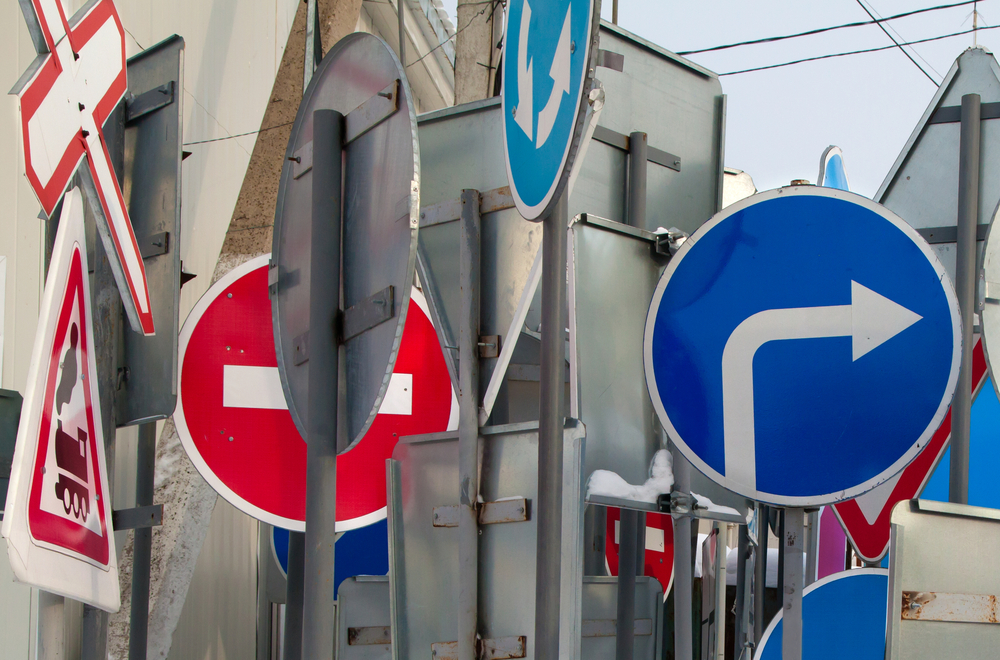Many drivers get road signs wrong every day, and this causes tickets and crashes. Even drivers who have been driving for years make mistakes with signs they think they know. When you learn what these signs really mean, you can avoid tickets, stay safe, and feel more confident driving. Here are ten signs that confuse people the most.
Yield Signs

Many drivers think yield road signs mean stop completely, but that’s wrong. Instead, yield means slow down and let other cars go first if they’re already in the intersection. If no cars are coming, you can keep going without stopping. You only need to stop if other cars make it unsafe to continue. This triangle road sign is designed to keep traffic moving smoothly without unnecessary delays.
Four-Way Stop Signs
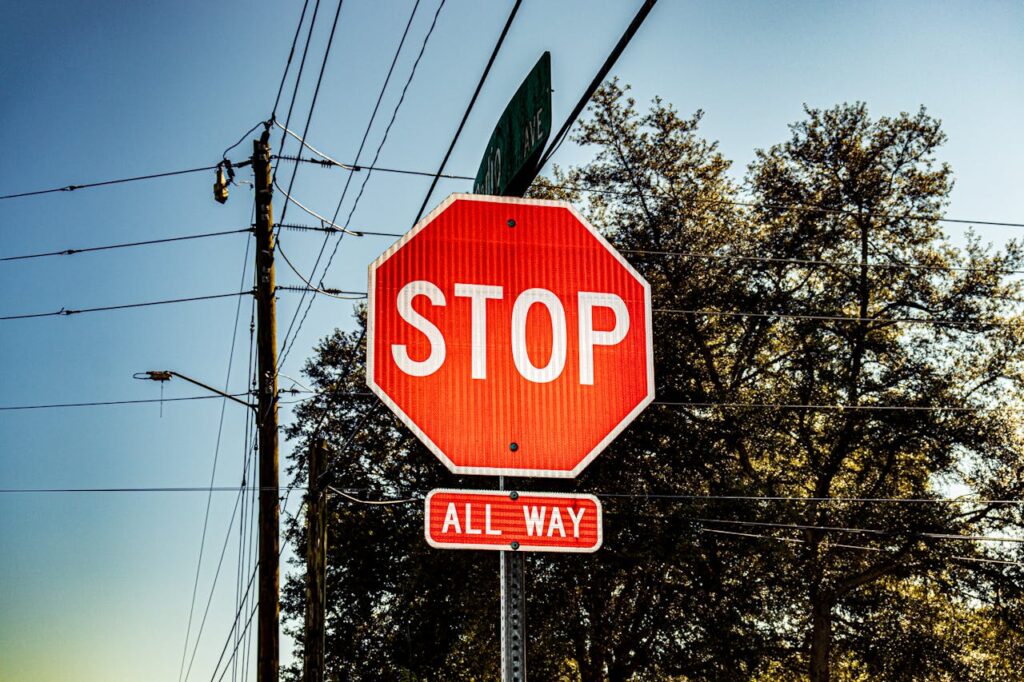
Four-way stops confuse people and cause crashes because drivers don’t know who goes first. The rule is simple: whoever gets there first goes first. However, if two cars arrive at the same time, the car on the right goes first. When cars face each other, both can go straight, but left turns must wait for straight or right-turning cars. Remember that people walking always go before cars.
Merge Signs
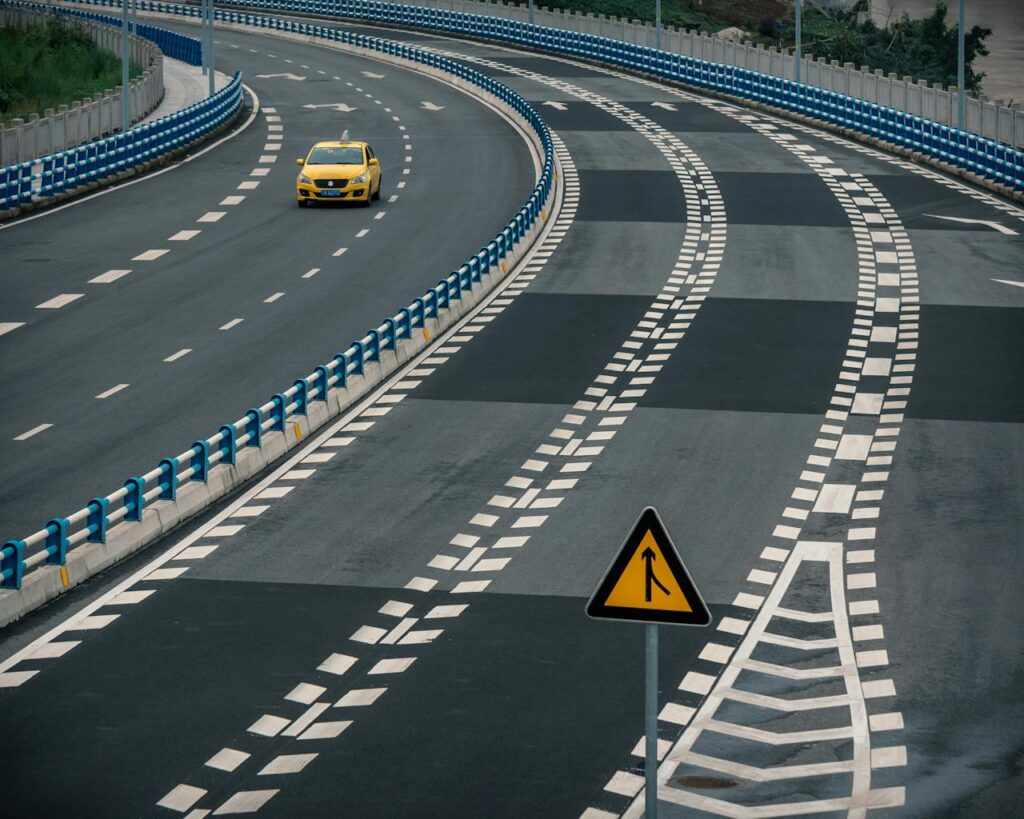
Drivers think they can just merge into traffic, but that’s wrong. According to official traffic laws, merge signs actually mean you must wait for a safe space and let other cars go first. You need to speed up or slow down to fit into traffic safely. The car joining traffic has to be careful, not the cars already driving there. Don’t expect other drivers to move over for you because that’s against traffic rules.
No Turn on Red Signs
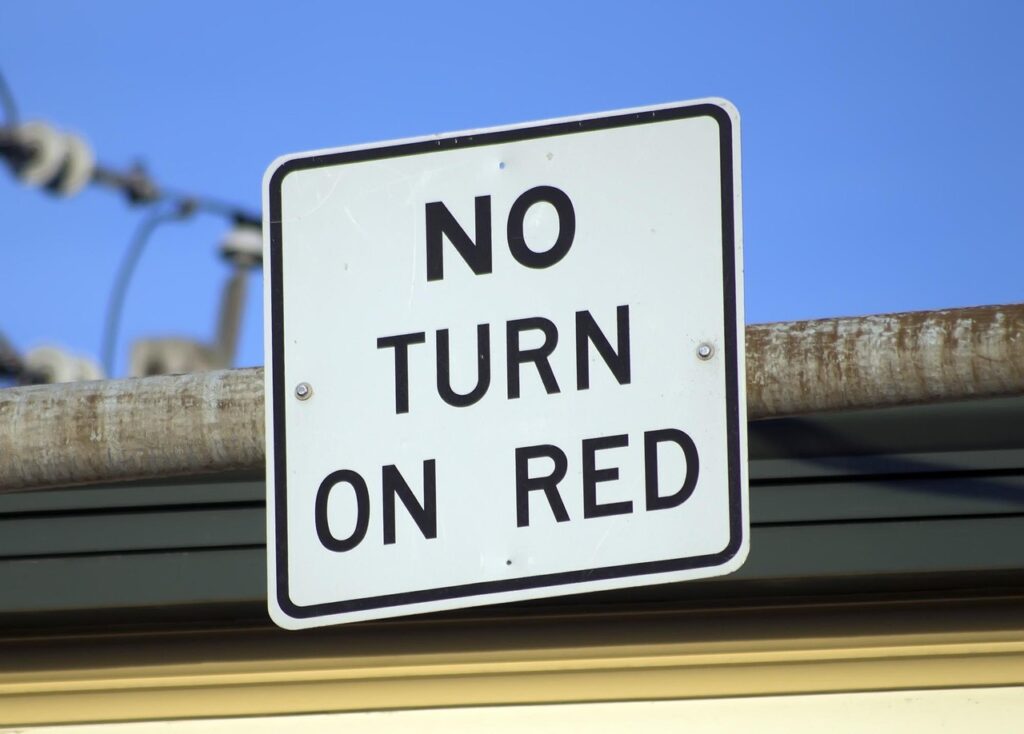
These white signs are often ignored by drivers who don’t understand their importance. They mean you cannot turn right when the light is red, even if you stop first. The rule works all day unless the sign says different times. Many drivers think stopping first makes it okay to turn, but this sign changes that normal rule. Breaking this rule gets you tickets and can cause accidents.
School Zone Signs
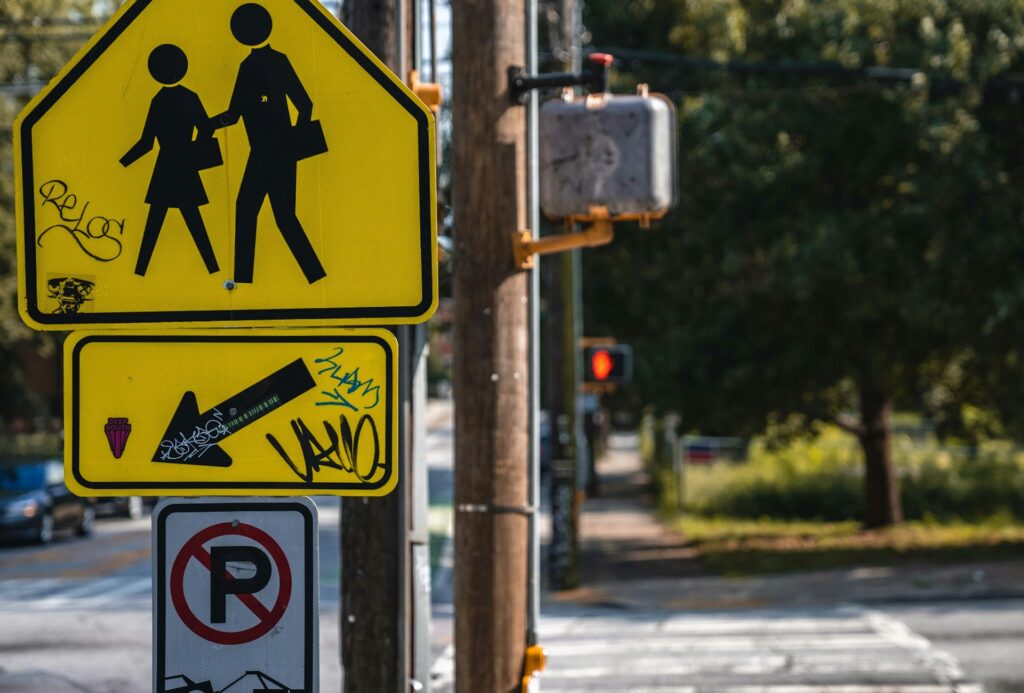
Five-sided signs near schools mean slower speed limits when kids are around during specific hours. However, many drivers don’t know these limits only work at certain times, like when school starts and ends. Yellow flashing lights show when the slow speed is required. During these times, school zones can be 15-25 mph instead of the normal 35-45 mph. Getting caught speeding in school zones costs more money than regular speeding tickets because children’s safety is the priority.
Right Turn on Red Rules
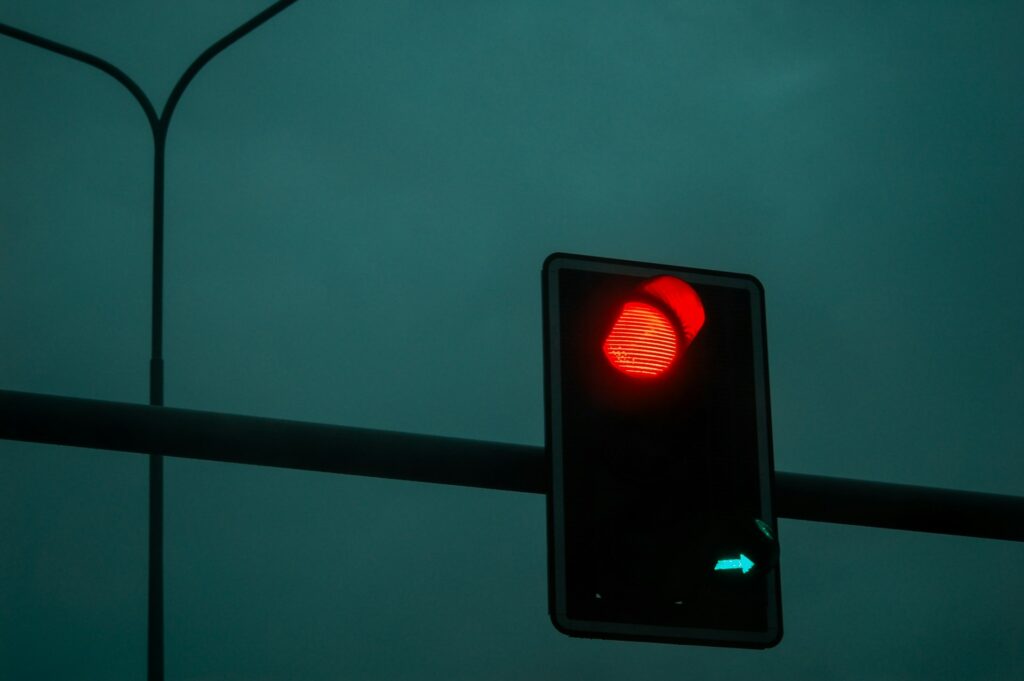
You can usually turn right at red lights, but many drivers do it wrong and create safety problems. First, you must stop completely, then check for people walking and other cars. After that, make sure no one is coming before you turn. Rolling through without stopping is against the law. Also, always look for people crossing the street before turning because they have the right to go first, and you could hit them.
No U-Turn Signs
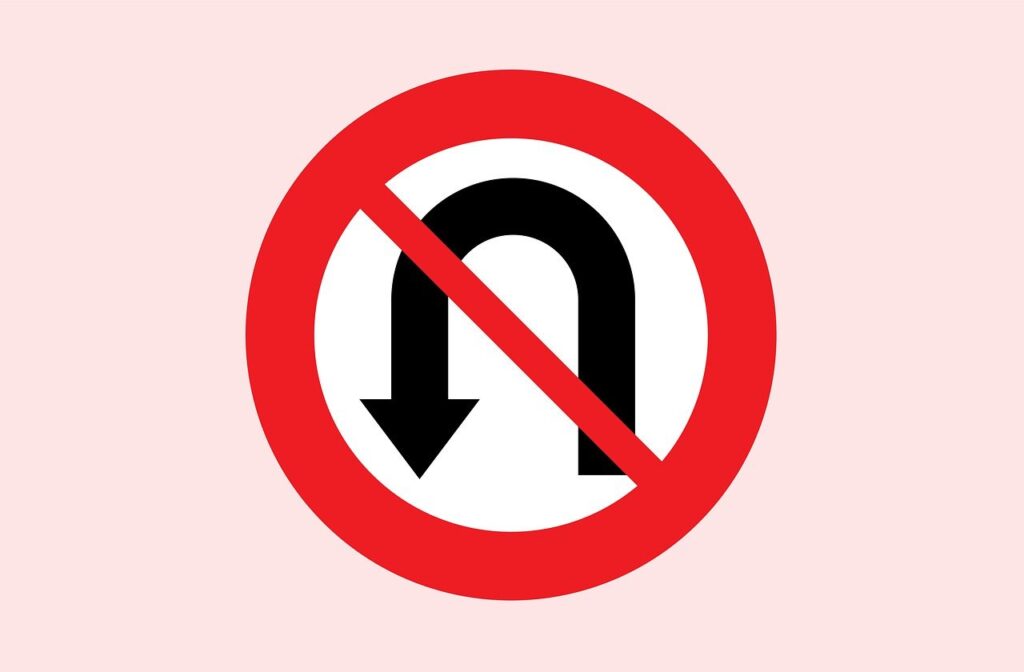
Drivers try to make U-turns where they’re not allowed, especially in busy areas with lots of traffic. State driving manuals clearly state that these round signs with a crossed-out U-turn mean you can’t turn around there at all. Many drivers think if no cars are coming they can turn anyway, but that’s wrong. You also can’t make U-turns on hills, curves, or where you can’t see far enough ahead, even without signs telling you not to do it.
Pedestrian Crossing Signs
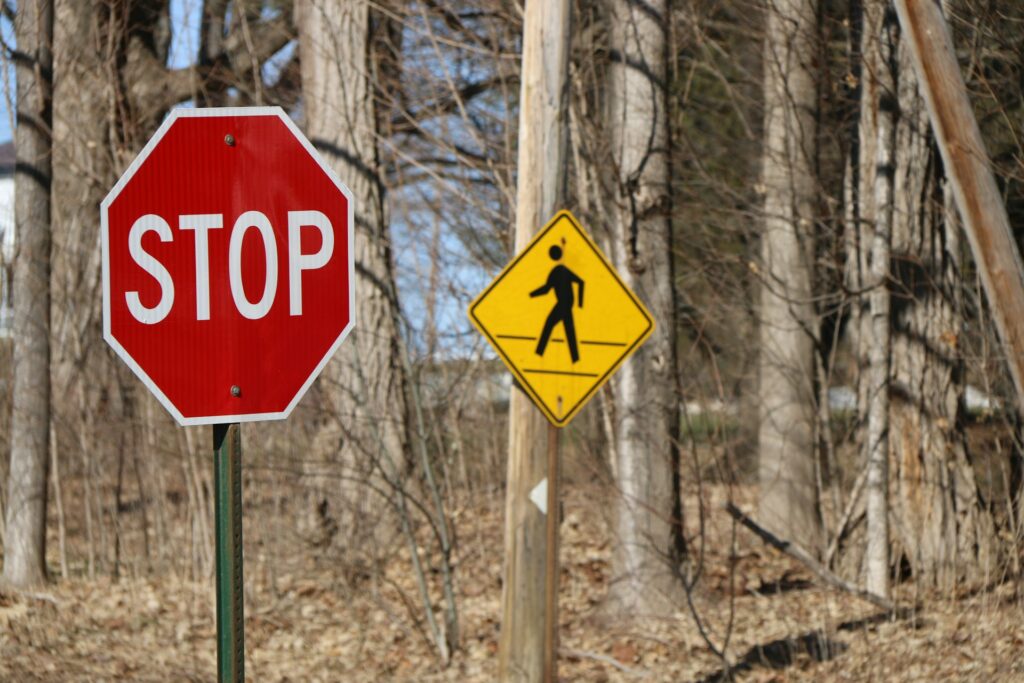
Yellow diamond signs show where people cross the street, and drivers must always let people finish crossing before driving through. People walking have the right to cross first, whether at corners or in the middle of blocks. This means you must stop completely until they’re out of your way. Just slowing down while they cross breaks the law and puts people in danger.
Do Not Enter vs Wrong Way Signs
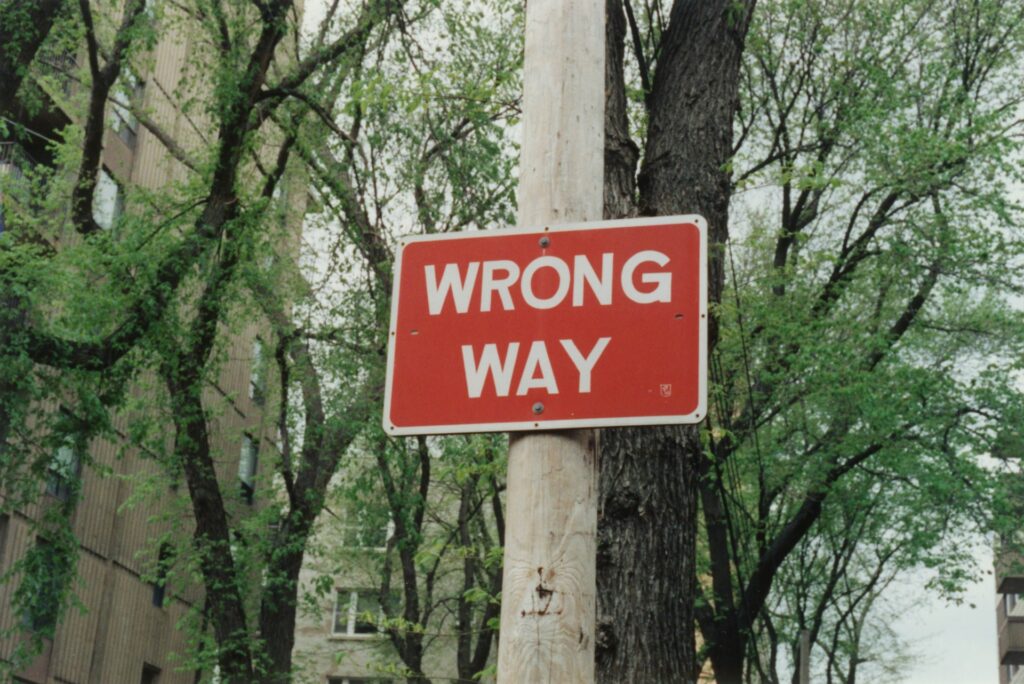
These two signs work as a team, but confuse drivers because they have different jobs. “Do Not Enter” sits at the start of one-way streets to stop you from going the wrong way. If you miss that sign, “Wrong Way” appears further down to warn drivers who made the mistake. When you understand how these work together, it helps you realize when you made a wrong turn and fix it safely.
Lane Usage Control Signs
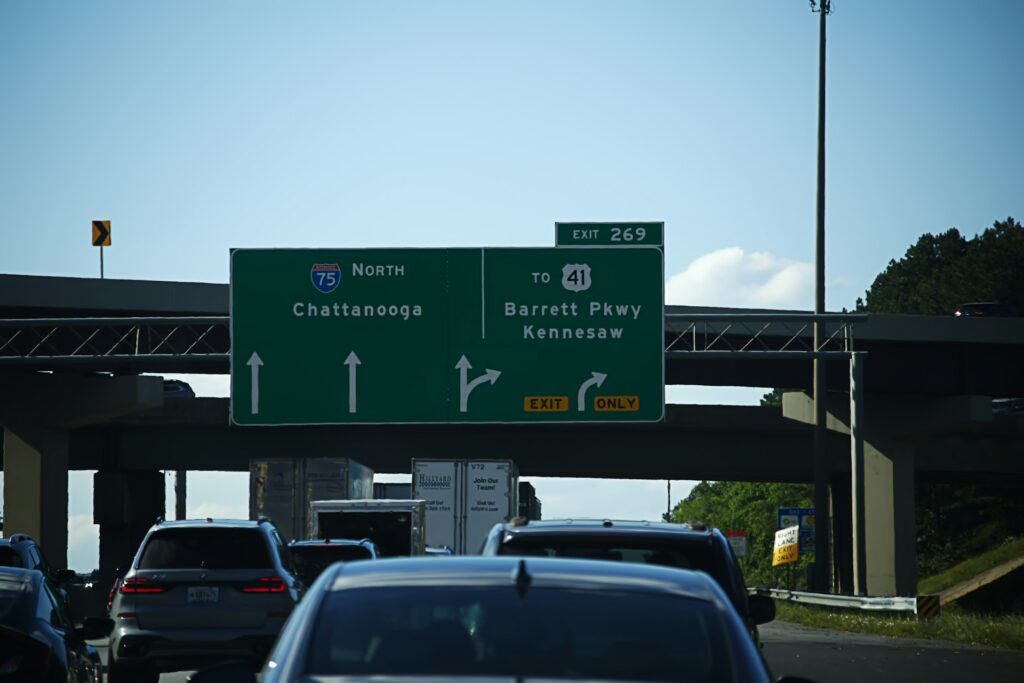
Signs above the road tell you what each lane is for, but drivers often miss them or ignore what they say. These signs show if lanes are for going straight, turning only, or both options. The most common mistakes include trying to turn left from a straight-only lane or going straight from a turn-only lane. When you read these signs early, you can get in the right lane safely instead of making dangerous last-minute moves.
Disclaimer: This article was created with AI assistance and edited by a human for accuracy and clarity.
